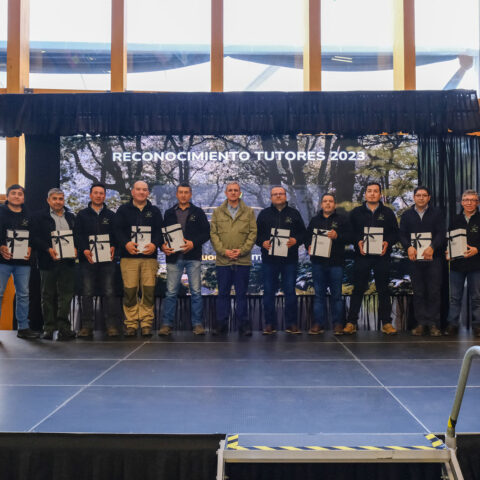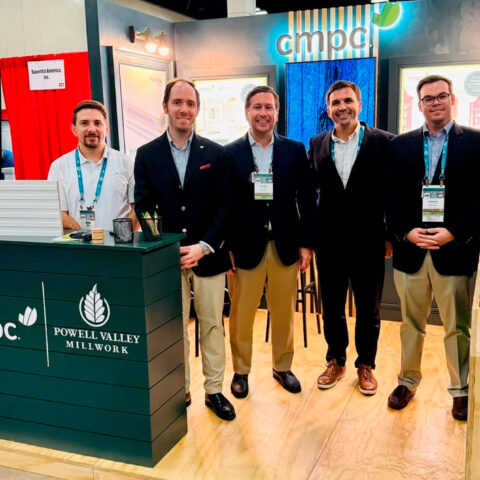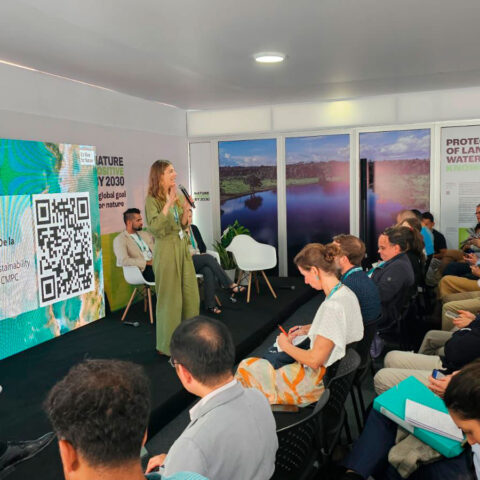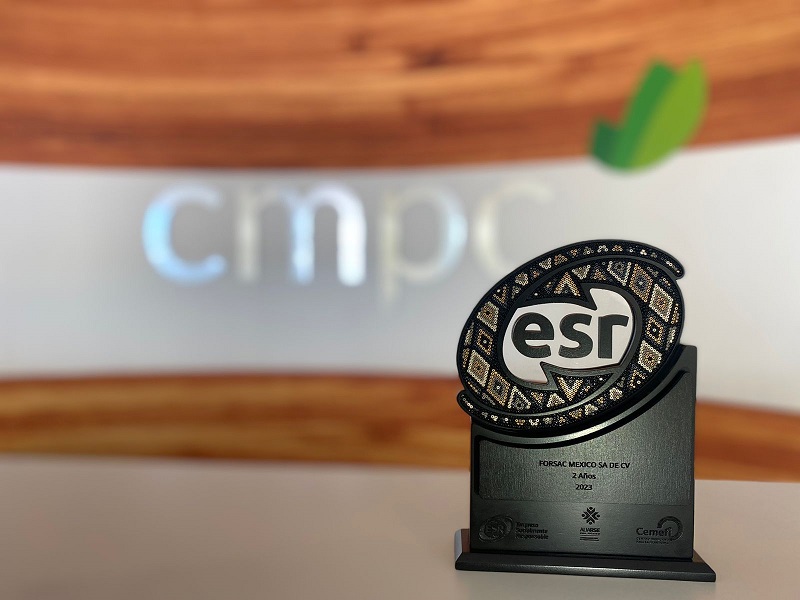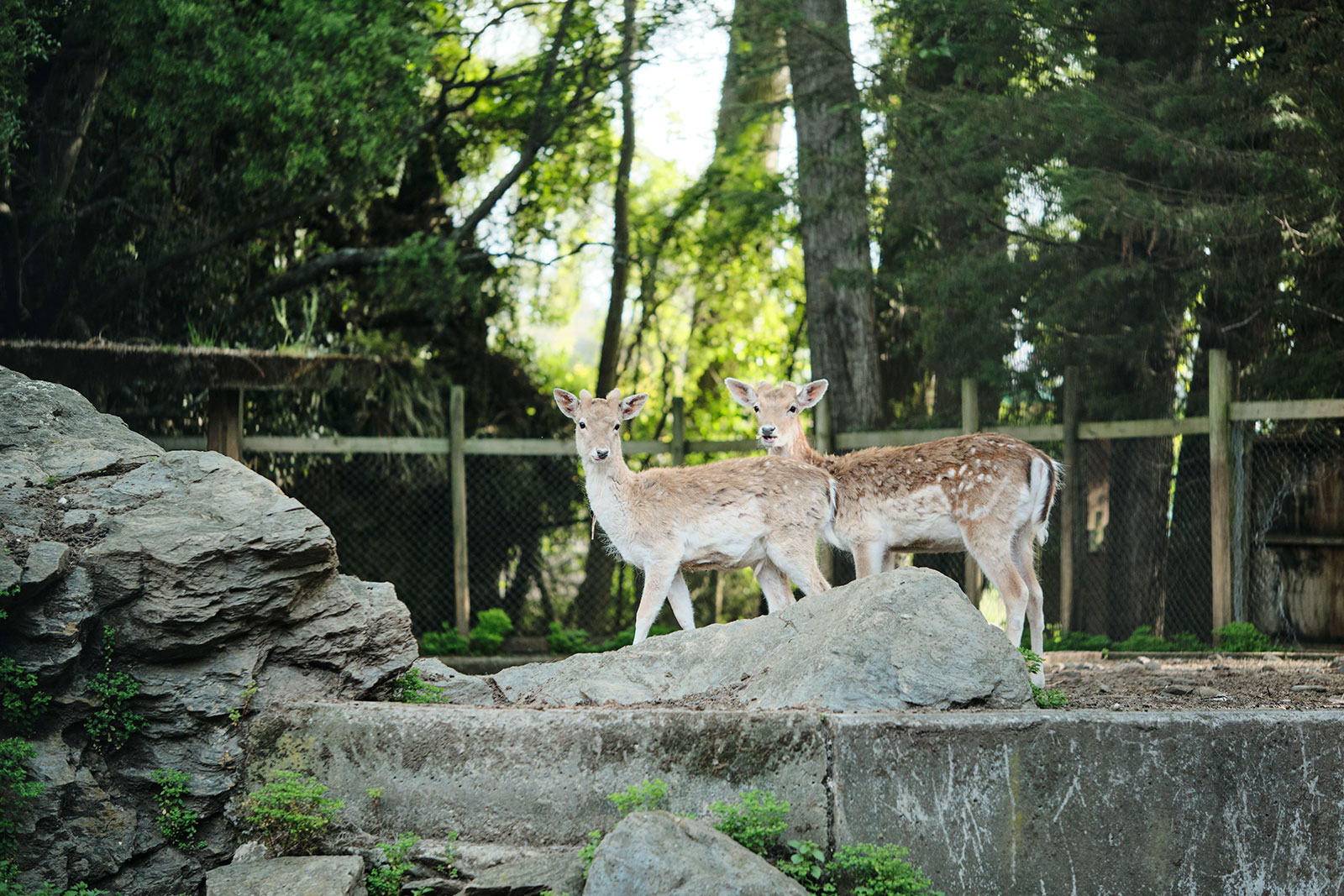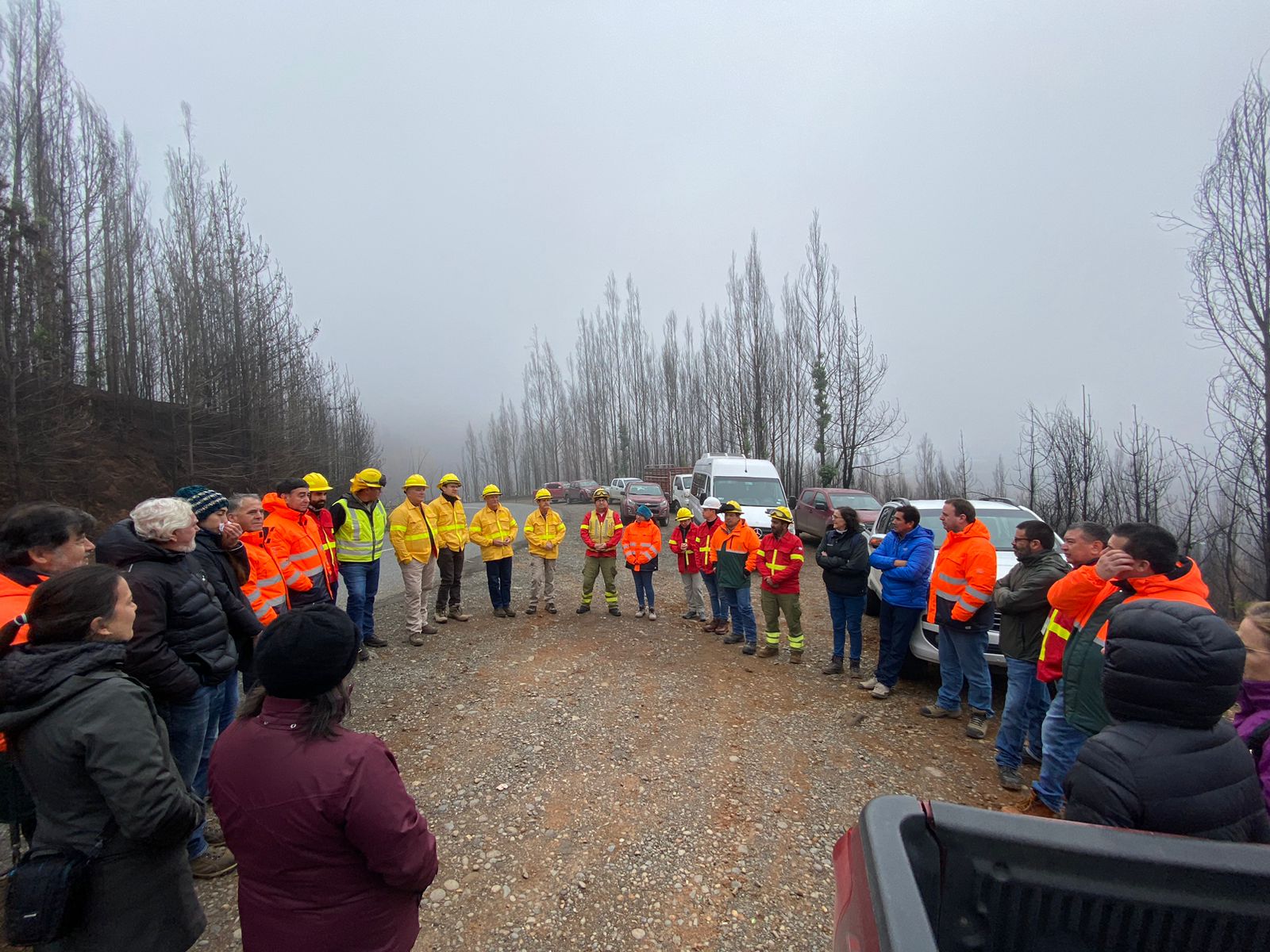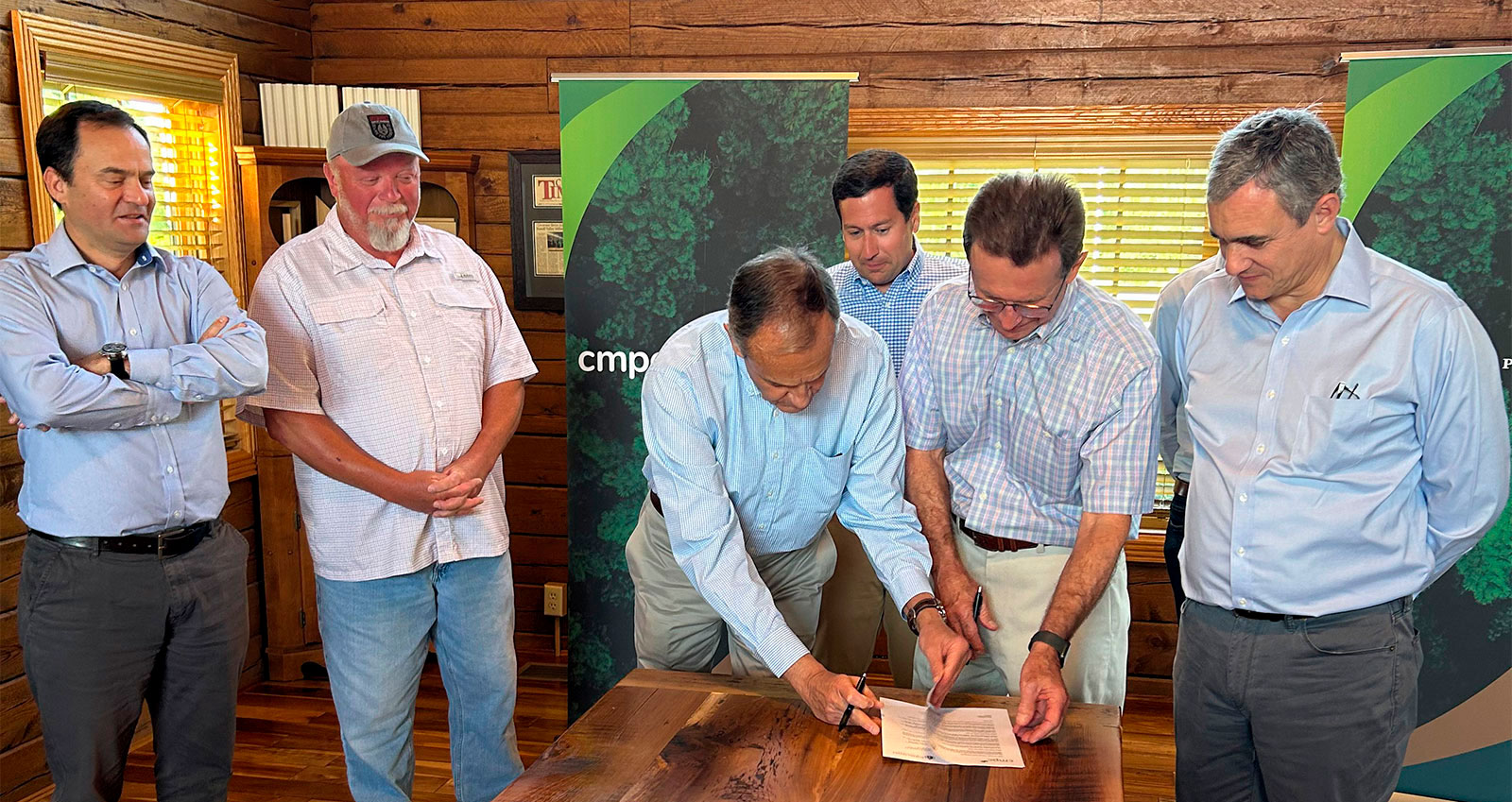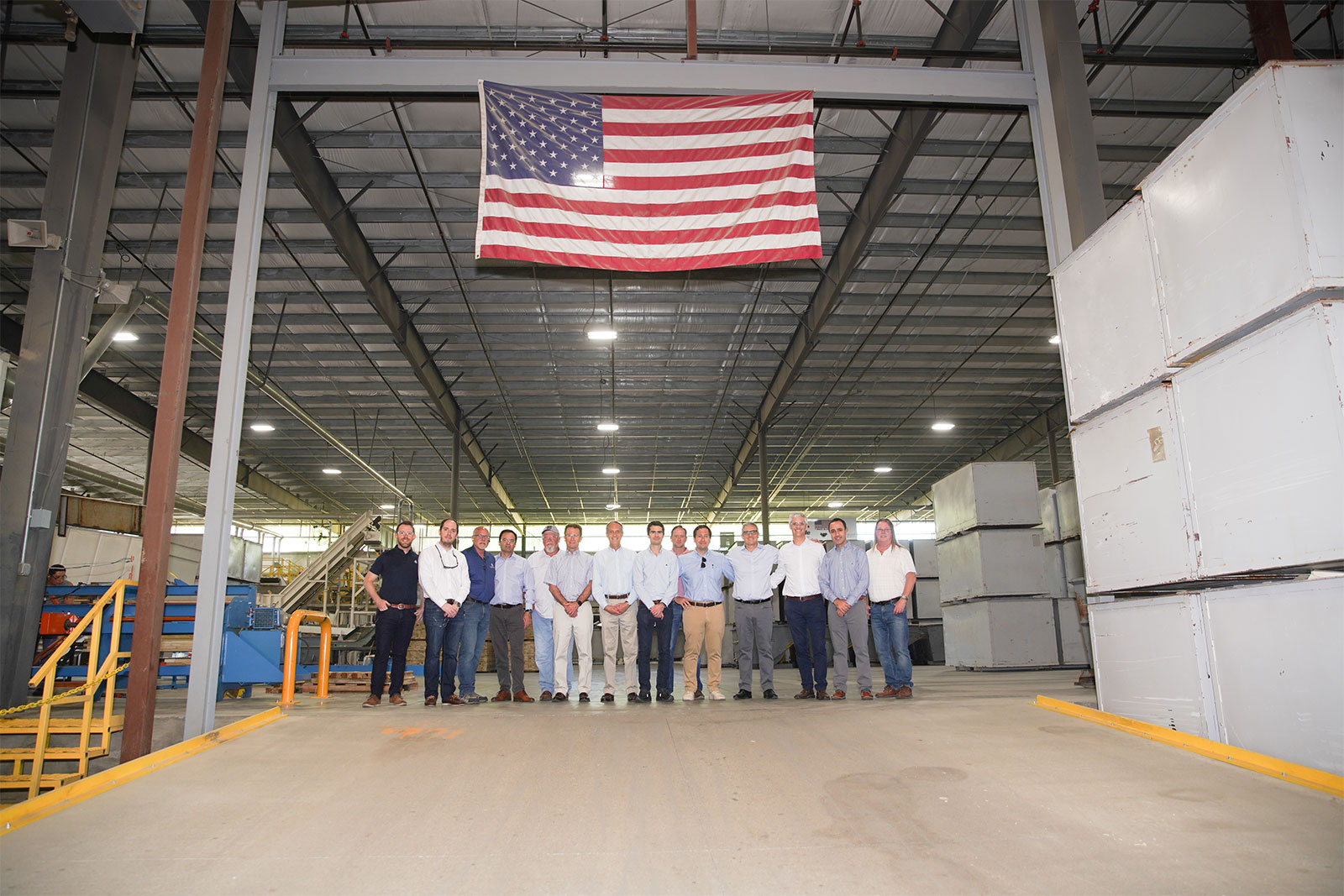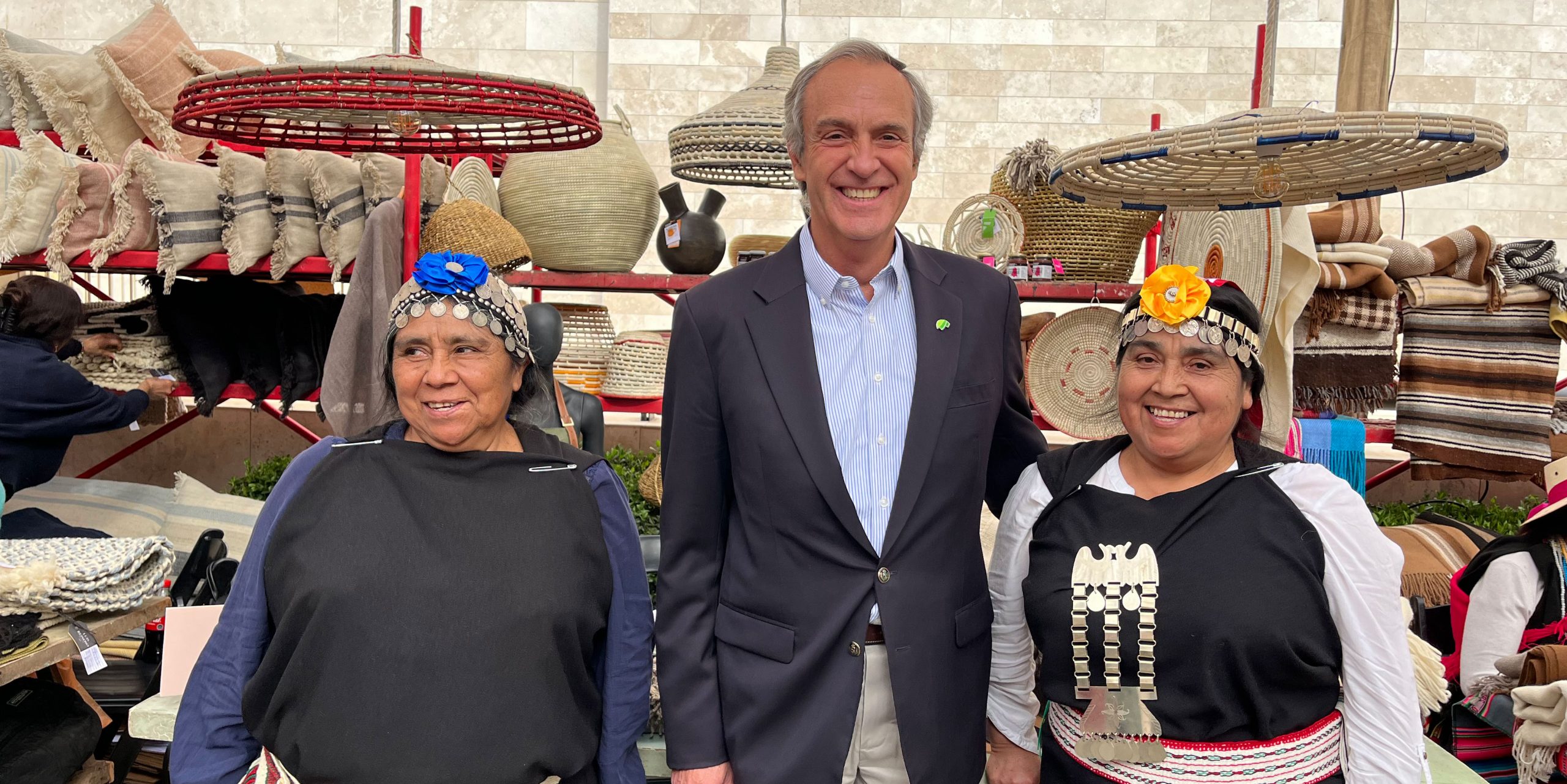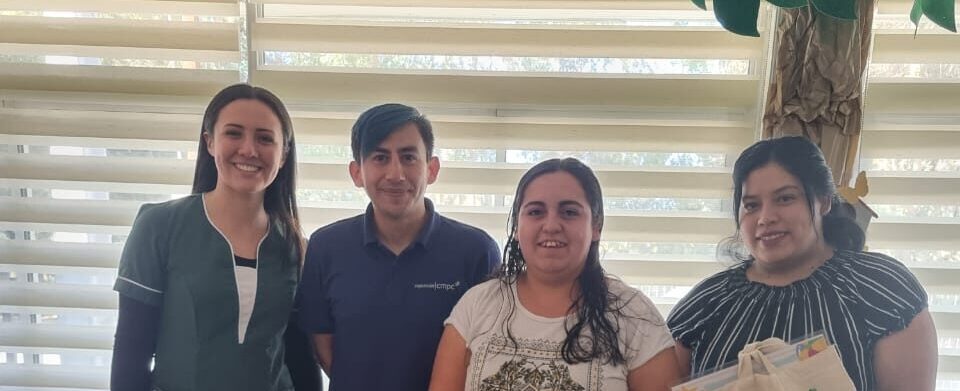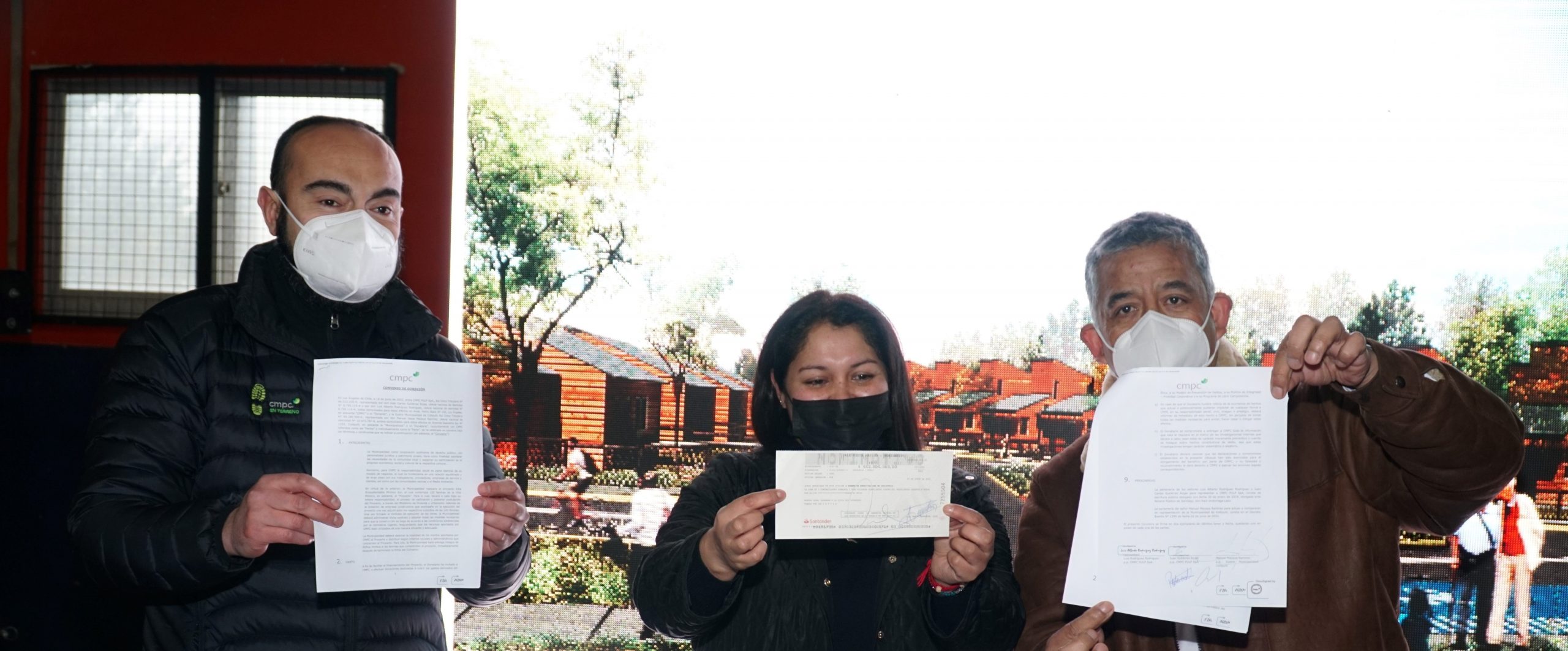
Innovative eco-sustainable housing project will benefit 120 families from Villa Mininco
12 de July, 2022
In Chile there is a deficit of more than 640 thousand homes, according to a study carried out by the Zero Deficit Foundation and the Public Policy Center of the Catholic University. Meanwhile, the lack of housing in La Araucanía corresponds to 17,414 dwellings, which is equivalent to 5.1% of the national total.
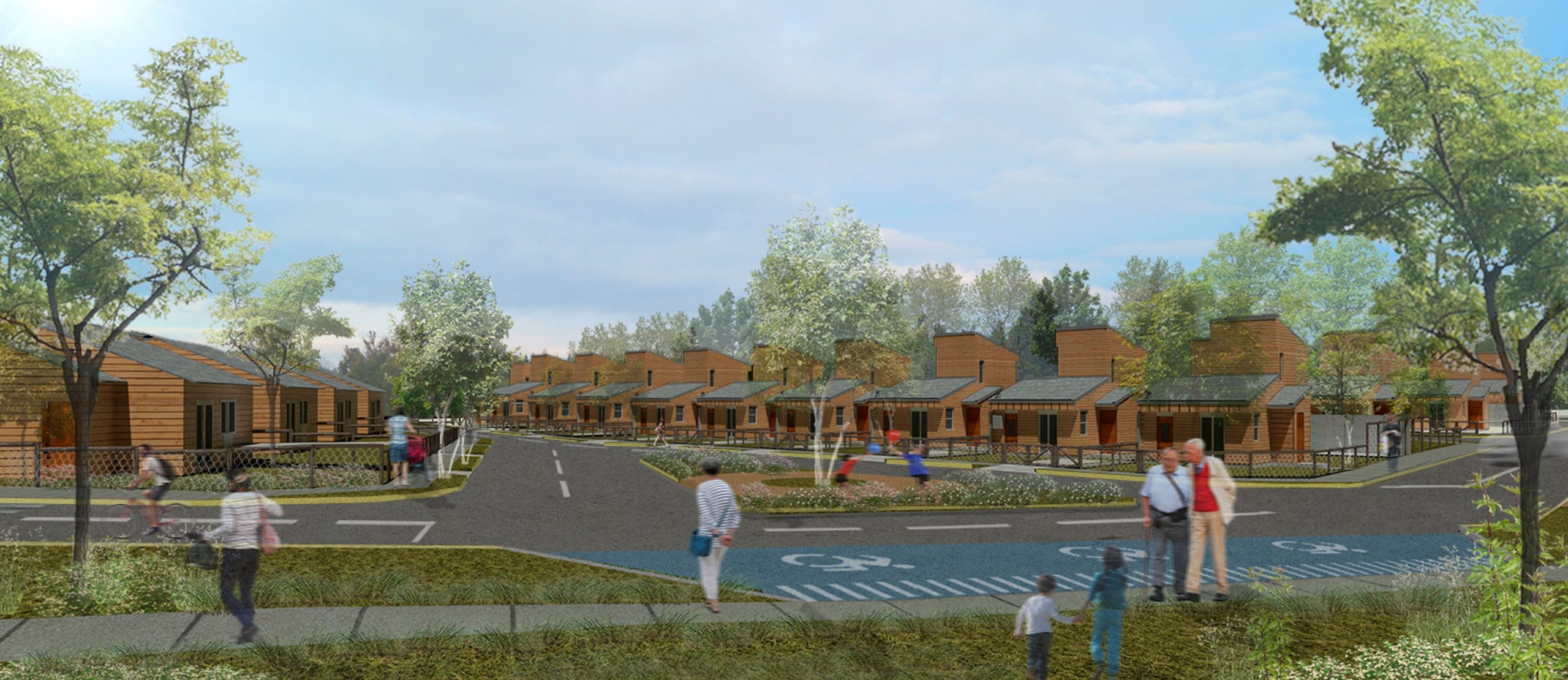
“We are going to celebrate 9 years together. We have lived in “tomas” (in Chile is a piece of land illegally occupied), with my in-laws and now, because of my work, they provided me with a house. If it had not been for this project, I would still be a close friend or a tenant. It is important for my family, especially so that they have a roof over their heads, to leave something to them,” says Víctor León, husband and father of three daughters, who will receive one of the houses that will be part of the Ecosustainable Neighborhood in Villa Mininco.
“Sun of the Future” is the name that identifies the Housing Committee that brings together 120 families from the town of Villa Mininco, Collipulli district, and who for more than ten years have pursued the dream of having their own home. This is how, with the idea of putting an end to this condition of overcrowding or living with relatives, the committee in 2018 knocked on the doors of the Municipality of Collipulli and CMPC, a date on which a light of hope emerged for the families of this locality of the Region of La Araucanía.
To address the committee’s need for its own house, together with the municipality, we joined in this initiative the Wood Innovation Center (CIM) of the Pontificia Universidad Católica de Chile, who worked on the innovative architectural project that was defined as an Eco-sustainable Neighborhood, gathering in its design the characteristics of the families and the use of wood as a central element of the building and with high standards in energy efficiency.
Patricia Faúndez, president of the Sol del Futuro Committee, one of the oldest in Villa Mininco, says that “when we started working with CMPC, they wanted to be part of our dream of owning a home, so to speak, and contributed in together with the Wood Innovation Center plus the Municipality to carry out our project. All the families are excited, they see these eco-sustainable houses as a dream come true. No government subsidy could deliver something like that to you,” she says.
On the right hand side, the project for the Eco-sustainable Neighborhood Mininco Sur in Villa Mininco is advancing, this, because this Tuesday a new contribution was made by CMPC to the project, which, together with complementing the government subsidy, will allow raising the standard of housing to be built on a 3.7-hectare site.
After the ceremony that formalized the transfer of resources from the company to the Municipality, the sponsoring entity, the deputy manager of Corporate Affairs of CMPC in Biobío, Felipe Alveal, highlighted the characteristics of the innovative housing project. “The houses will be 100% wood, since it seeks to protect the geographical and environmental identity of the area, using this iconic material of the region. Another differentiating attribute is that they are sustainable, since their orientation and design was designed to increase their solar gains, isolating it from outside temperatures, in order to also reduce energy consumption for heating inside the home.”
Meanwhile, the mayor of the Municipality of Collipulli, Manuel Macaya, valued this initiative that will reduce the housing deficit in his district. “This joint work between the municipality and CMPC is a source of pride, I am very grateful. As mayor, and as a son of Collipulli, receiving these contributions for the benefit of my community and my neighbors is very important”, explained the community authority.
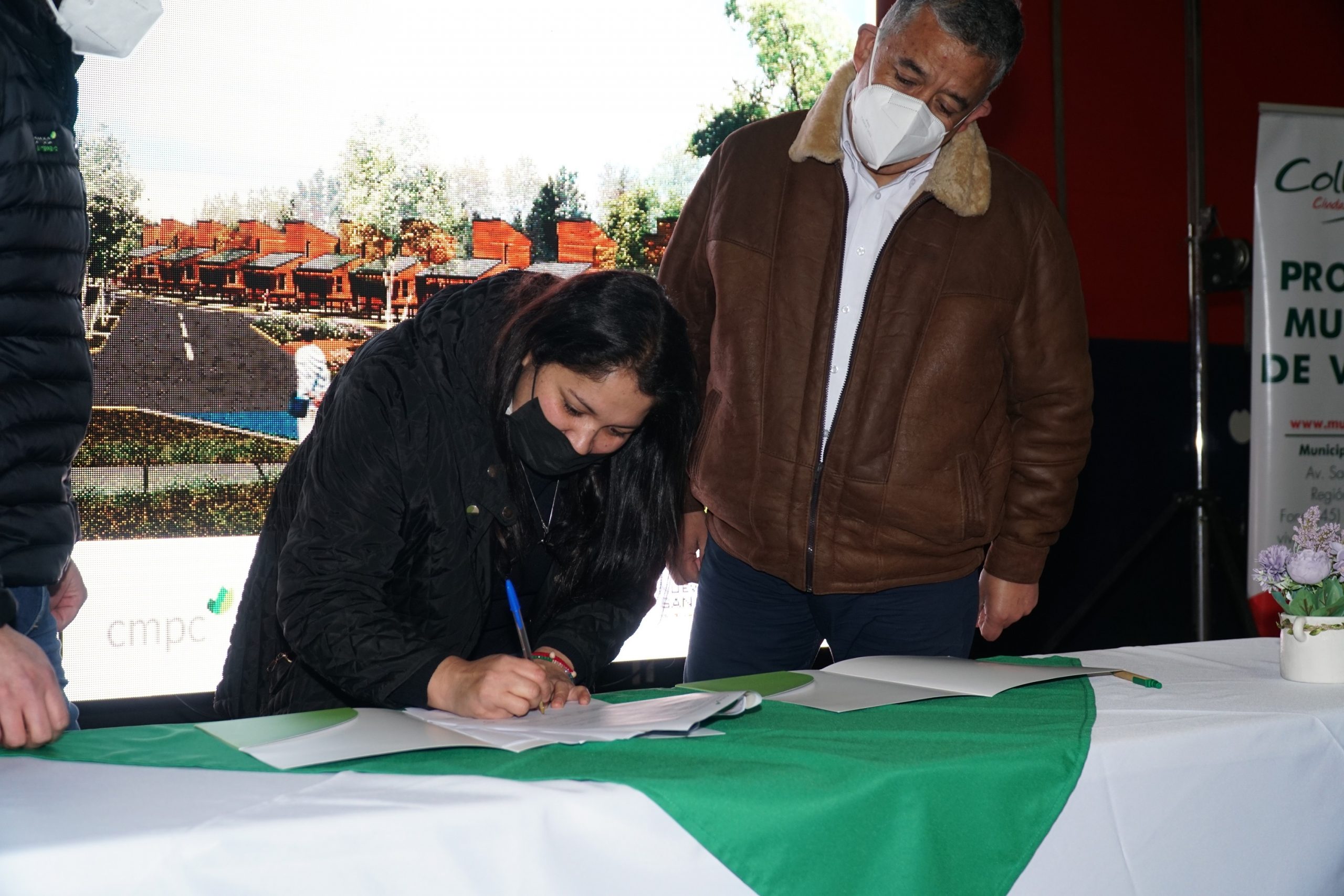
Housing for the diversity of families
The Mininco Sur Eco-sustainable Neighborhood project considered four types of housing: one with a basic design, one designed for large families, another model for older adults and, finally, one for people with reduced mobility. All will have the option to be extended.
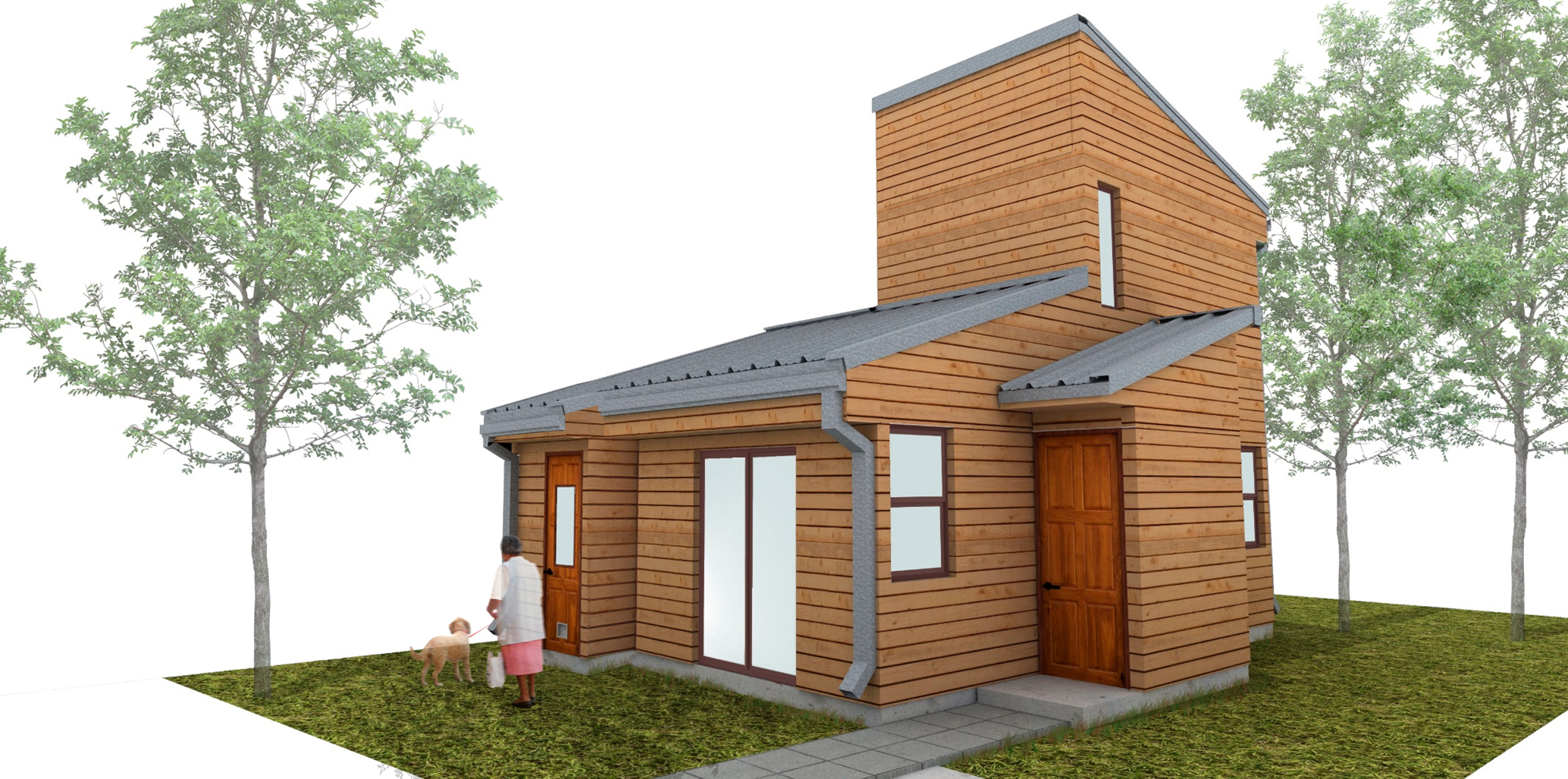
The executive director of the CIM, Cristian Vial, explained that “wood has a series of very attractive characteristics. From the thermal point of view it is very favorable, as well as from the acoustic side, in addition to how friendly it is with the environment. They are houses that are going to be made through an industrialized process. This means incorporating new technologies so that they are of superior quality. We believe that this is going to be a true example of what can be done in terms of industrialized wood construction”.
The houses will have ventilated walls, eaves for rainwater, radier to isolate the structure from the ground, hermetic double glazing in the windows, among many other features. The neighborhood also includes a social headquarters, green areas and a promenade with a bike path.
This project collects the experience of the eco-sustainable villas that were built in the Oasis de Chañaral and Oasis del Salado (Atacama Region), which we built together with CIM and CORMA’s Madera 21, in support of the families affected by the 2015 flood.

